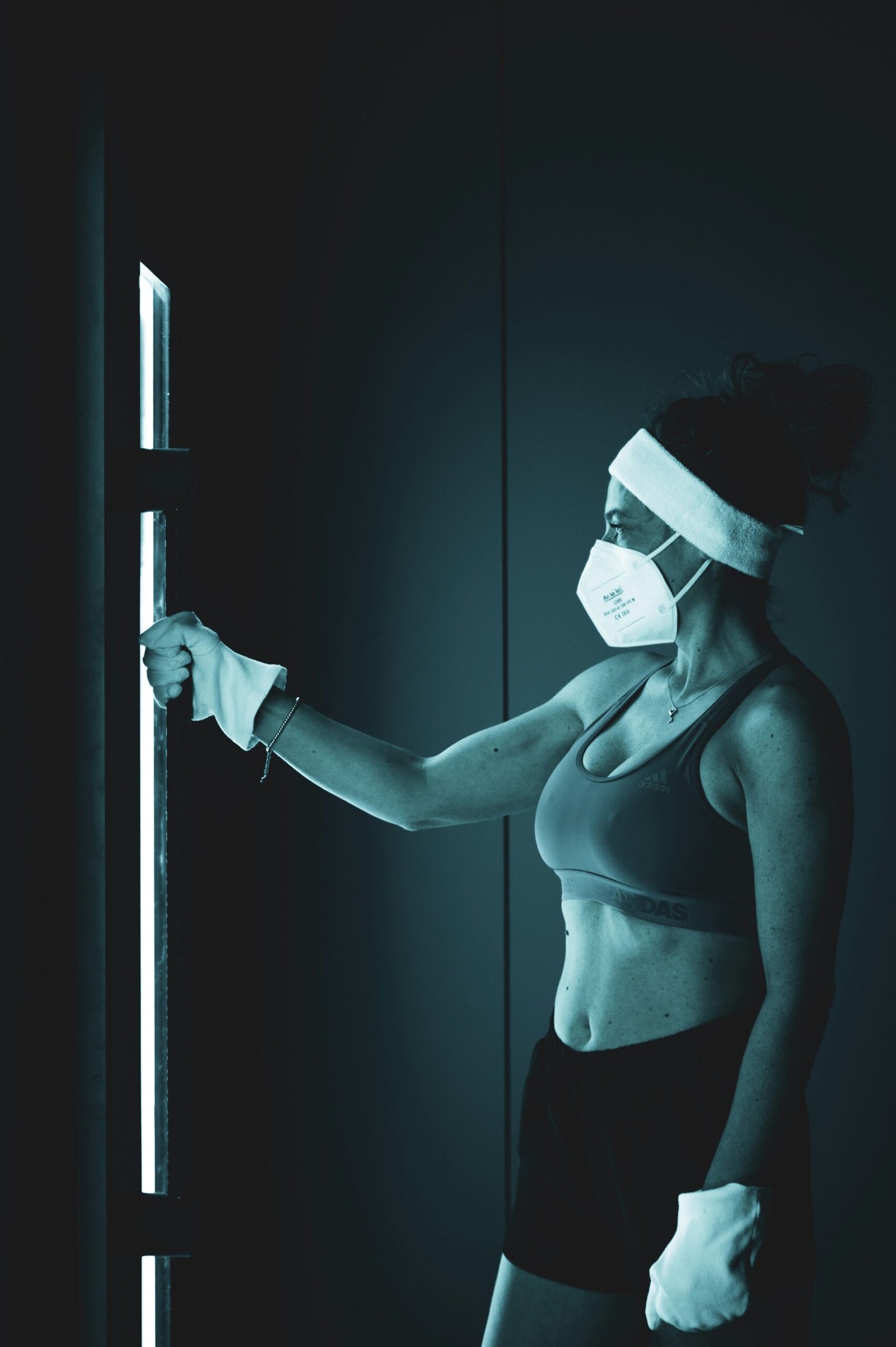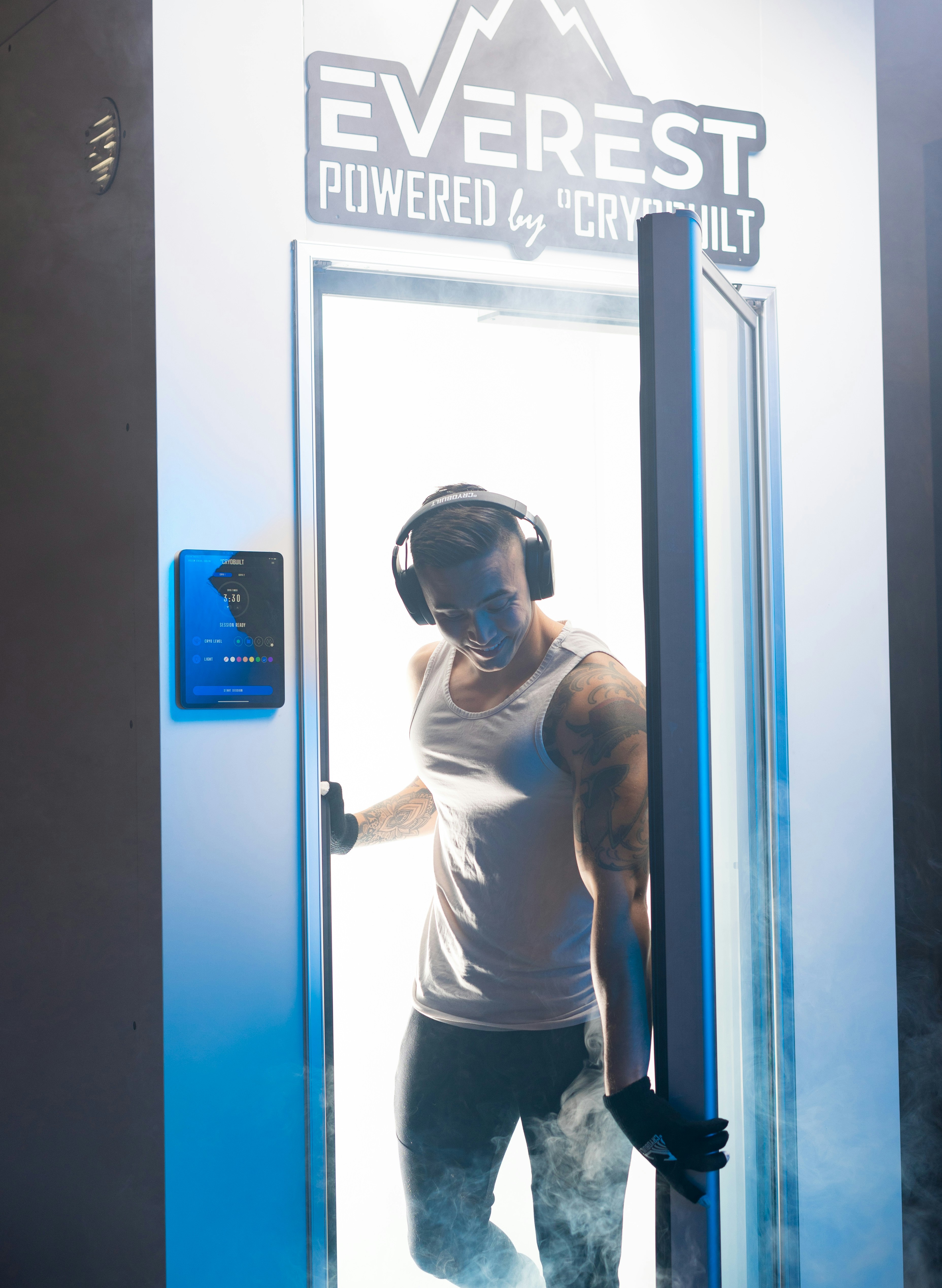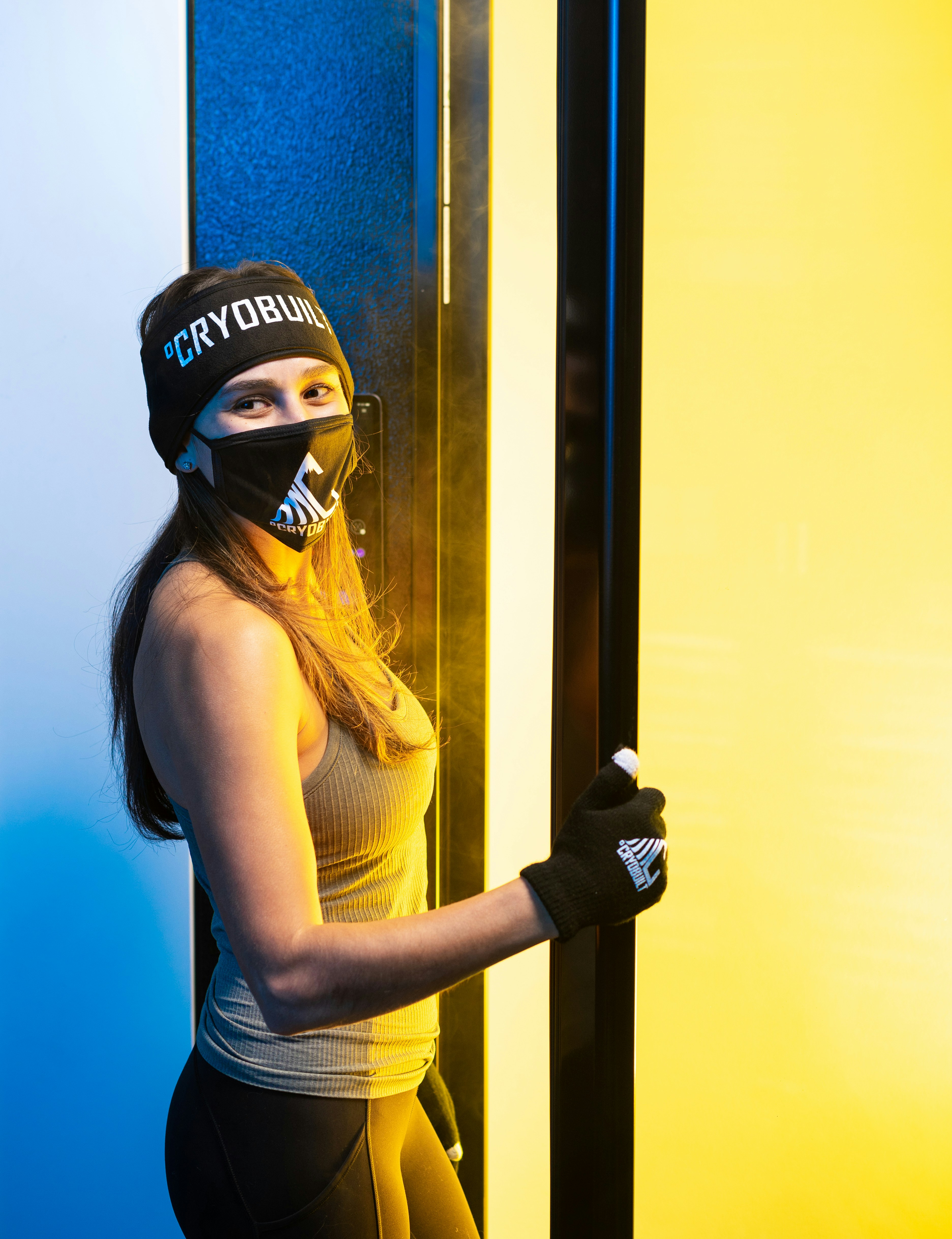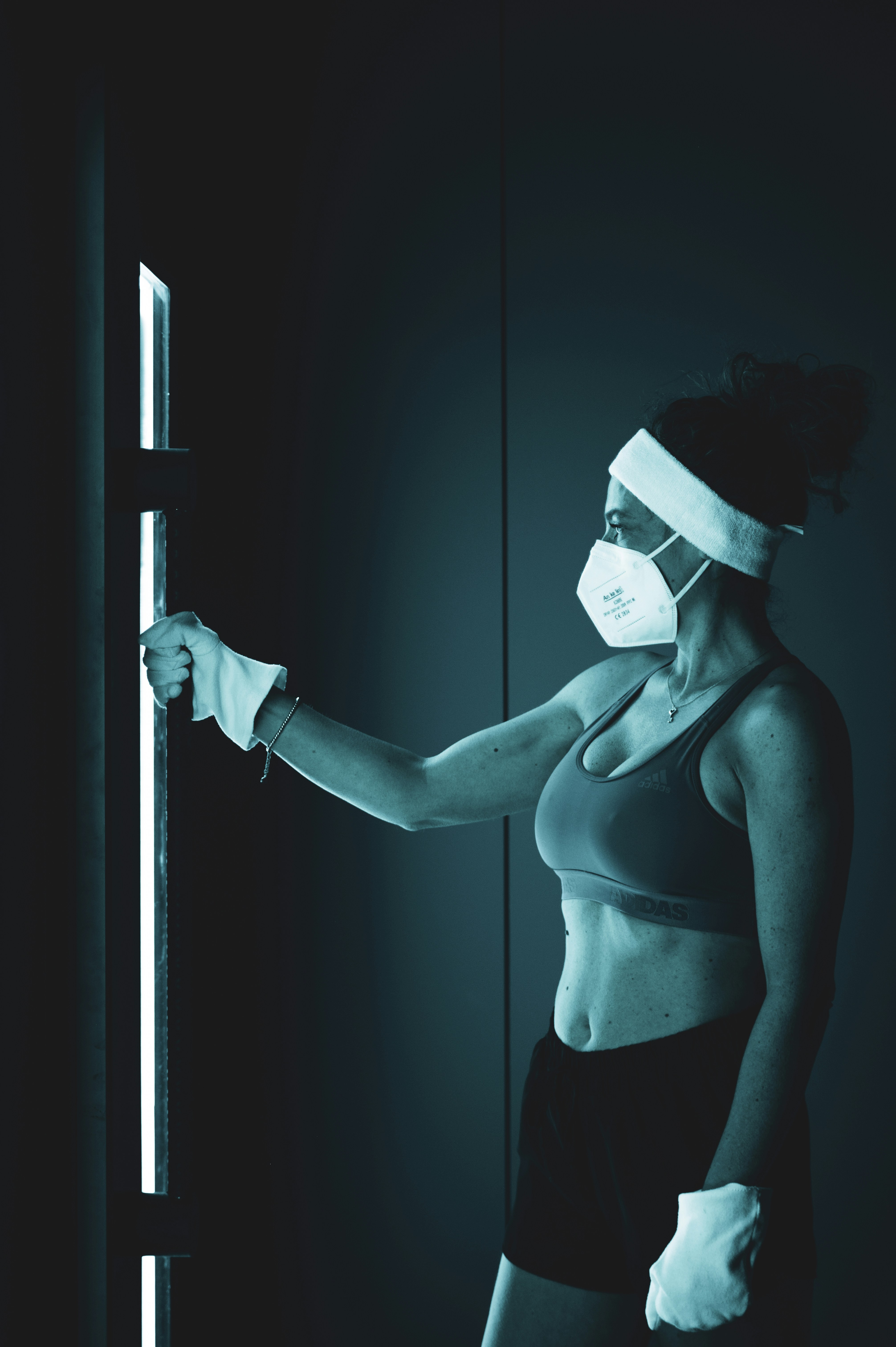Welcome to a friendly debate between two popular post-workout recovery methods: cold plunges and ice baths. Athletes have been using these chilling therapies for years to reduce muscle soreness, inflammation, and speed up recovery time. In this article, we will explore the benefits of both cold plunges and ice baths to help you decide which one is best for your athlete recovery routine. So, grab your towel and let’s dive into the icy world of post-exercise rejuvenation!
“Cold Plunges Vs. Ice Baths: Which Is Better For Athlete Recovery?”
Have you ever wondered whether cold plunges or ice baths are more effective for athlete recovery? In this article, we will explore the differences between the two methods and help you determine which one may be better suited for your recovery needs.
Understanding the Benefits of Cold Therapy
When it comes to athlete recovery, cold therapy has been a popular method for reducing muscle soreness, inflammation, and speeding up the recovery process. Cold therapy helps constrict blood vessels, reduce metabolic activity, and slow down the nerve impulses, which can help decrease pain and swelling post-exercise.
Cold plunges and ice baths are both forms of cold therapy that athletes use to aid in recovery, but they have some key differences in terms of application and benefits.
Cold Plunges: The Basics
Cold plunges involve immersing your body in cold water for a short period of time, typically around 10-15 minutes. The water temperature in a cold plunge is usually between 50-60 degrees Fahrenheit, which is cold enough to trigger a physiological response in the body.
Cold plunges are believed to help with muscle recovery by reducing inflammation, improving circulation, and increasing energy levels. Many athletes swear by the benefits of cold plunges, claiming that they feel refreshed and rejuvenated after each session.
Ice Baths: How They Differ
Ice baths, on the other hand, are similar to cold plunges in that they involve immersing your body in cold water. The main difference is that ice baths are typically colder, with temperatures ranging from 45-55 degrees Fahrenheit. Some athletes add ice cubes to the water to make it even colder.
Ice baths are thought to be effective in reducing muscle soreness, decreasing inflammation, and speeding up recovery by constricting blood vessels and decreasing metabolic activity in the body.
Which Is More Effective for Recovery?
Both cold plunges and ice baths have their own benefits when it comes to athlete recovery. Cold plunges are often considered more tolerable for longer durations due to their slightly higher temperature compared to ice baths. They can be more comfortable for athletes who have a harder time enduring colder temperatures.
On the other hand, ice baths may provide more intense cold therapy due to their lower temperatures, which can lead to quicker reduction in inflammation and muscle soreness. Athletes who are looking for a more intense recovery experience may prefer ice baths over cold plunges.
Factors to Consider Before Choosing
Before deciding whether to opt for cold plunges or ice baths for your recovery routine, there are a few factors to consider:
- Cold Tolerance: If you have a higher tolerance for colder temperatures, ice baths may be more beneficial for you. However, if you struggle with colder temperatures, cold plunges may be a more comfortable option.
- Recovery Goals: Consider your specific recovery goals and what you hope to achieve with cold therapy. Are you looking to reduce muscle soreness, decrease inflammation, or simply rejuvenate your body after a tough workout?
- Convenience: Think about the availability and accessibility of cold water sources in your area. Cold plunges may be easier to set up at home or at the gym, while ice baths may require more preparation and planning.
- Personal Preference: Ultimately, the decision between cold plunges and ice baths comes down to personal preference. Try both methods and see which one works best for you in terms of comfort and effectiveness.
Tips for Incorporating Cold Therapy into Your Routine
Whether you decide to go for cold plunges or ice baths, there are some tips to keep in mind to maximize the benefits of cold therapy for athlete recovery:
- Timing: It’s best to do cold therapy sessions within 1-2 hours after your workout to take advantage of the body’s natural recovery processes.
- Duration: Start with shorter sessions (5-10 minutes) and gradually increase the time as your body gets accustomed to the cold temperature.
- Hydration: Drink plenty of water before and after your cold therapy session to stay hydrated and aid in the recovery process.
- Warm-Up: Consider doing a light warm-up or stretching routine before your cold therapy session to prepare your muscles and joints for the cold temperature.
- Listen to Your Body: Pay attention to how your body responds to cold therapy and adjust the temperature and duration of your sessions accordingly.
Conclusion: Finding What Works Best for You
In the end, whether you choose cold plunges or ice baths for athlete recovery, the most important thing is to listen to your body and find what works best for you. Experiment with both methods, take note of how your body responds, and make adjustments based on your recovery goals and personal preferences.
Remember that consistency is key when it comes to cold therapy for athlete recovery. Incorporate regular cold therapy sessions into your routine and track your progress to see how it impacts your overall performance and recovery process.
So, which method will you choose for your athlete recovery routine: cold plunges or ice baths? The decision is yours to make based on your preferences and recovery goals. Happy recovering!




